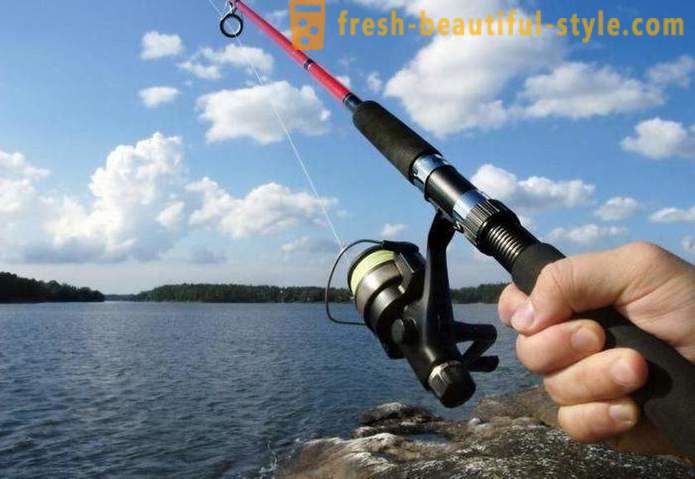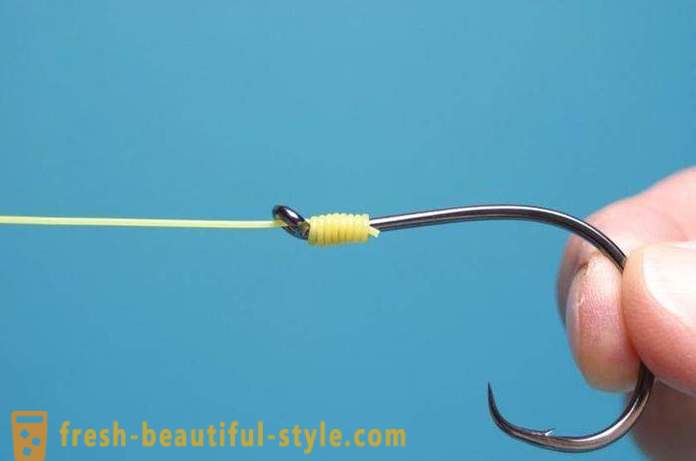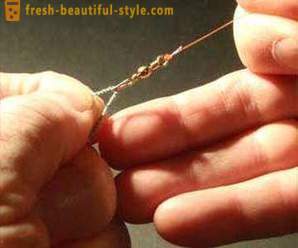Fishing tips. How to tie a hook to fishing line
One of the elements that distinguishes the fisherman-professional from the amateur, is the ability to tie the hook to the line. First, above all, should be trained. Let's look at the question of how to tie a hook to the line correctly. Ways to solve this problem for today there is a huge amount.

How to tie a hook to the line quickly and without errors?
Consider the most common components:
1. Eight - is a basic, classic way of how to tie a hook to the line. It is a component of many complex components. To do this, you need to take the end of line and pull it through the ring hook. Make one revolution around the circumferential fore-end and send it back through the eye of the hook. Again performs one stroke of the base scaffold. The free end is threaded through the ring, which was formed on the shank of the hook. Such a node is knit in order to be sure that the hook is certainly not unleash. Such a method is more suitable for dense high-quality fishing line.

2. California. This is a simple bundle of nylon thread for tying. To tie a knot, folding scaffold double leash and threaded into the ring hook. Then, the uncomplicated design of line wrap around the base. The hook is threaded in a loop. California assembly ready. Knitting various ligaments requires certain skills and patience. Having learned the theory of how to tie a hook to the line, it is necessary to practice tying knots practical, which will decide on the most appropriate method of carrying out this work for you. In this process, it is impossible not to say a bit about tying leashes to the line. These two procedures are inseparably connected to each other, and the second is also an important element in the professional and amateur fishing.

How to attach the leash to the main line in various ways?
The average length of the leash is from 10 to 50 cm, the thickness is several times thinner than the main fishing line. Generally, the shorter the base, the less it is confused. Consider a variety of ways that will be readily available and understood by the fishermen with the various experience.
1. Creation of a removable leash. The bottom line is attached to the main fishing line using carabiners. Tying them with both sides of the gear at the end of fishing remove attachment and disconnect the leash.
2. "Surgical" loop. Take the main line, retreating from the edge of 30 cm, folding the piece in half and tying the fishing line from the double simple knot, and then passed it twice more in the bunch. That's how we get the blank for "surgical loop". Further, pre-moistened with water nodule by pushing it contractible. If done correctly, double the fishing line will develop in the "eight". We are doing the same configuration and on a leash. The resulting ligament snapped on "surgical" twists the main fishing line and skipping the other end through the loop to the base scaffold. Stretch yarns in opposite directions, get ready connection. Surprisingly, different people perform one type of node in different ways. Conclusion
Many fans forget about the correctness of tying one or another ligament. Therefore, if you have the opportunity to train in this area. Hand themselves over time will remember prioritization of actions, which is very useful in practice, and you'll never have a question about how to tie a hook to the line.













































